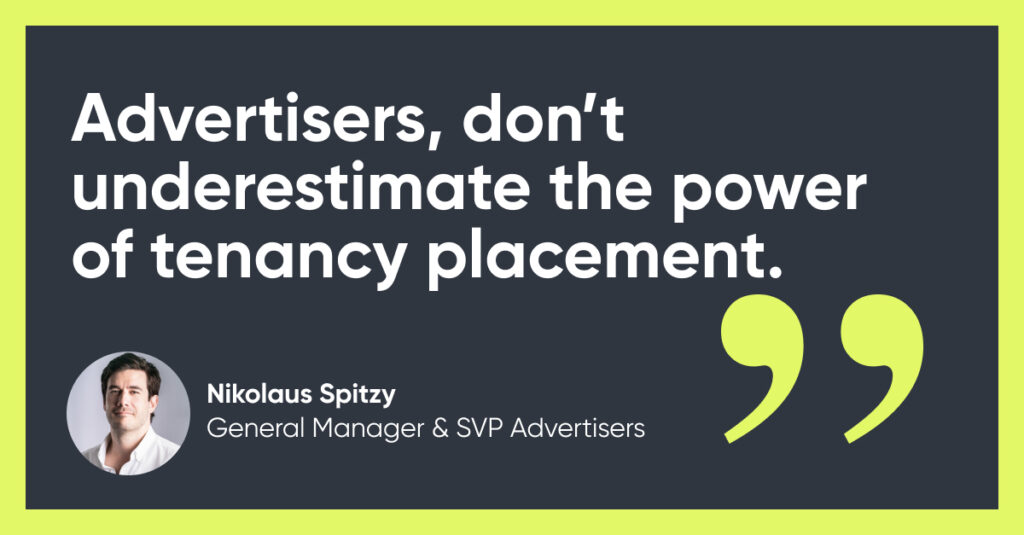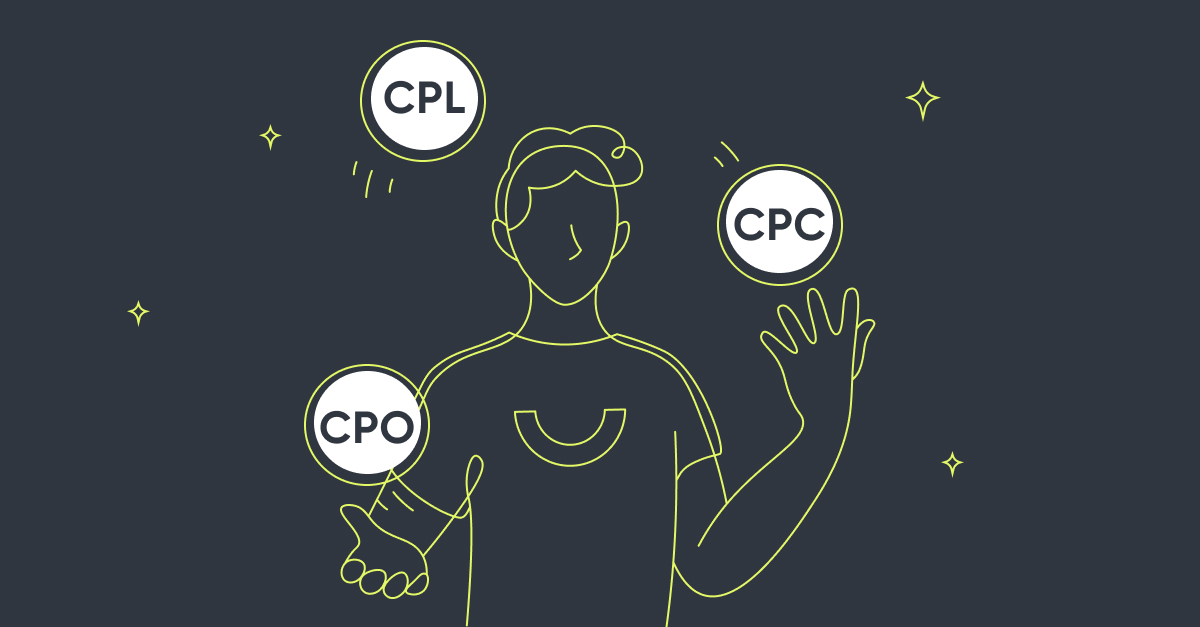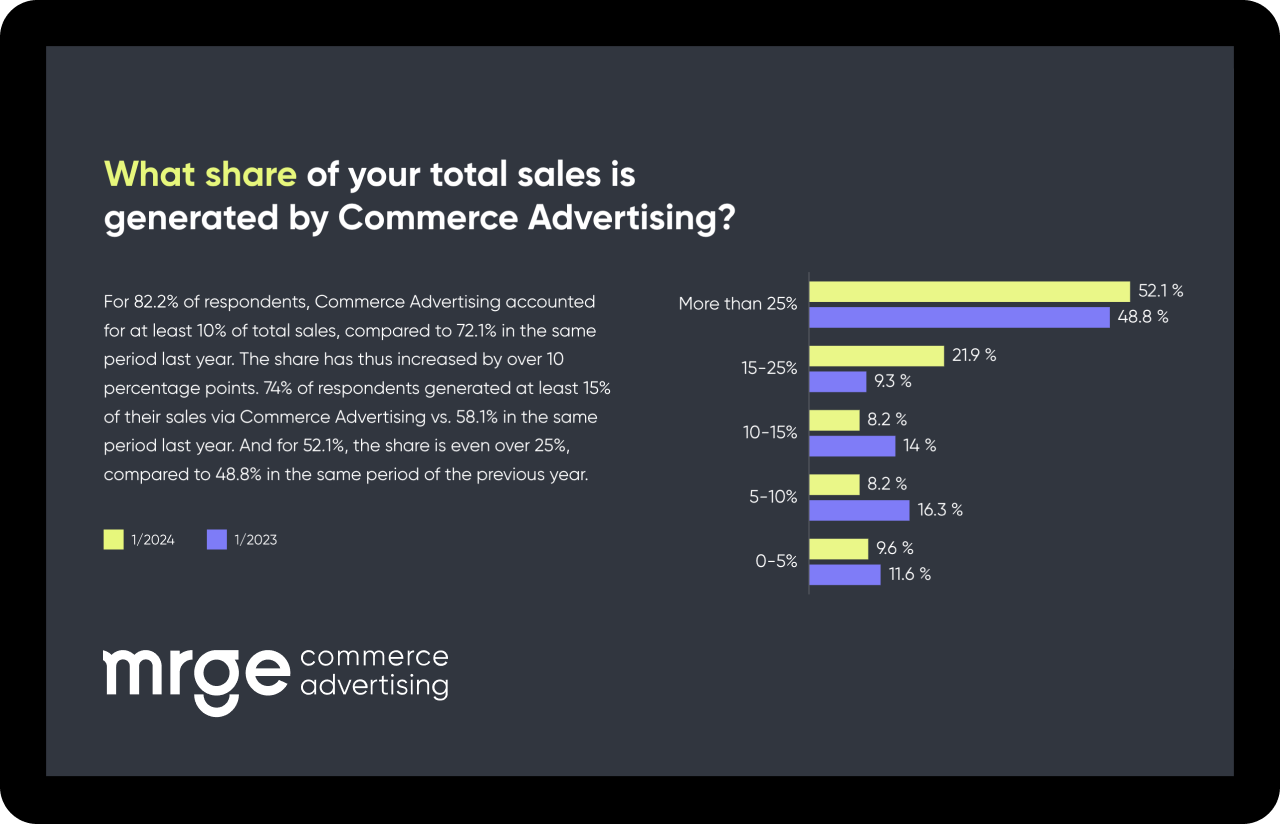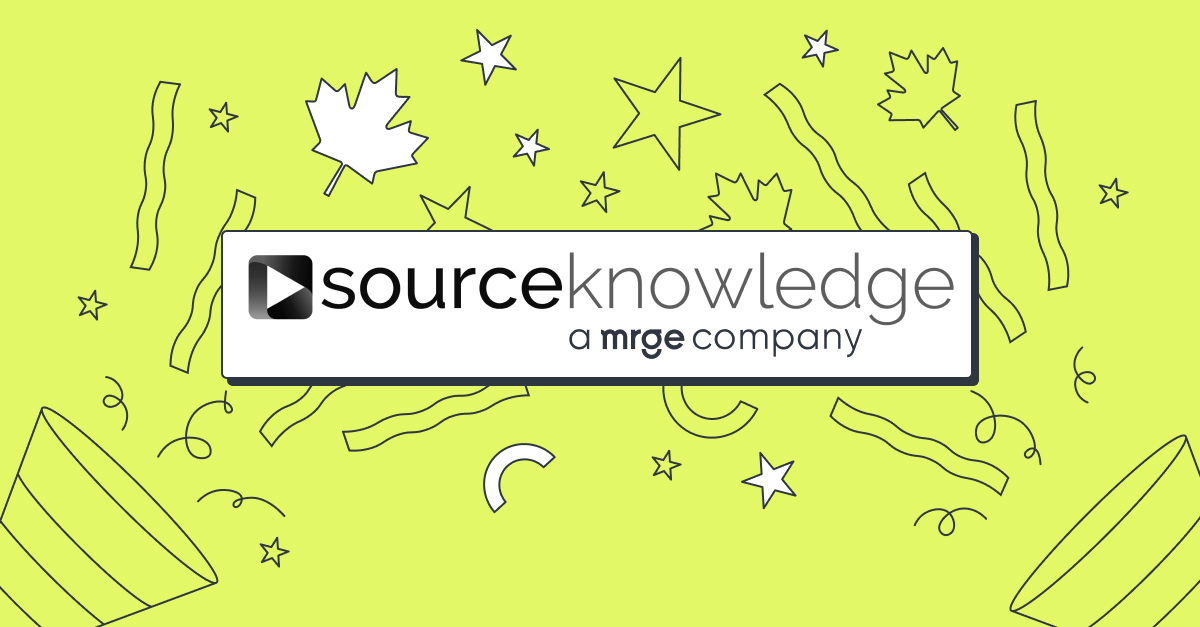Key Take Aways
Executive summary: 5 key take-aways for quick readers
- Advertisers need to clarify their goals before choosing their billing model.
- The CPC model is by no means out of fashion. It’s an excellent way to create awareness for a product.
- For advertisers, a smart mix of tenancy placement plus a CPC or CPO campaign greatly increases the probability of success.
- For publishers, the more they know about their audience, the better they can choose the most beneficial billing model for themselves (and their advertiser partner).
- A Commerce Advertising platform like mrge helps publishers and advertisers make informed decisions about which billing model best suits their campaign and their individual needs.
The billing models at a glance
Cost per click (CPC): The advertiser is billed per click. As a result, the advertiser only pays the publisher when users click on the advertiser’s banner via the publisher’s website.
Cost per order (CPO): A click on the advertising banner is also a prerequisite here, but is no longer a reason for the advertiser to pay the publisher. Payment only happens if the user actually makes a product purchase. This model is also known as “cost per acquisition” (CPA).
Cost per lead (CPL): In this model, the advertiser is not primarily interested in clicks or sales, but in generating leads – and only then paying the publisher. For example, by getting people to sign up for the advertiser’s newsletter via a banner on the publisher’s site. Car dealerships also like to use this model to persuade prospective buyers to take a test drive.
Tenancy placement: This is a fixed fee paid by the advertiser to the publisher – for example, to secure a prominent placement in the publisher’s newsletter – independent of performance. The mechanism is very similar to booking advertising space in a daily newspaper. This may sound old-fashioned, but is far from out of date. More on that later.
The billing models for advertisers: Your goal determines the path
If you’re an advertiser and want to play it safe with your ad campaign, the CPO variant seems like your best choice at first glance. After all, you only pay a commission to the respective publisher if you actually sell products and thus earn money. Any non-sale clicks on your advertising banner are free of charge.
The CPL model is similar. Here, too, you only pay a commission to the publisher if you successfully generate leads via the advertising banner: new subscribers to your newsletter, for example, or orders for free product samples, or downloads of your whitepaper.
Given this, why should advertisers choose the CPC model at all? Because it allows them to create awareness for their product in users’ minds. This move can then make a CPO or CPL campaign all the more successful in the next step, as even more people actually complete a purchase. This strategy makes sense especially for newcomer brands.
From the advertiser’s point of view, a similar argument applies to tenancy placement: The advertiser pays a (possibly high) fixed price, e.g. for placement in a newsletter, without any performance guarantee. What is almost certain, however, is a high visibility among the subscribers of the newsletter. Depending on the opening rate and number of subscribers, a prominent placement is almost guaranteed. And, if the advertiser then books a CPC or CPO campaign with the same publisher following the tenancy placement, this increases the chances of success enormously. This is because the publisher’s audience already knows the advertiser’s brand. The effect is thus comparable to a prominent OOH placement at a busy location, such as an airport.
To sum up: Advertisers need to accurately assess the awareness of their own brand, and use this insight to set goals. These objectives then determine the best billing model.

The billing models for publishers: Know your audience
While CPO seems, at first glance, to be the most profitable for advertisers, this is true for the CPC variant from the publisher’s perspective. As a publisher, this model asks you to “deliver” relatively little, but you are remunerated for every click you generate for the advertiser.
In the case of CPO or CPA, on the other hand, your risk initially appears to be quite high, as you can hardly influence whether the users actually make a purchase from the corresponding advertiser. The same applies to the CPL model. However, this risk can be reduced to a minimum if you know your audience well. The better publishers know the people and their habits and preferences, the better they can predict what products are of interest to users.
If you operate a sneaker blog, for example, you can assume that your readers are particularly interested in shoes and are especially receptive to corresponding advertising measures. CPO-based booking thus is equally beneficial for all three parties: publisher, advertiser, and audience. If the campaign is a success for the advertiser, e.g. because it has generated an above-average number of sales, this also strengthens your negotiating position as publisher. If the campaign performs well, it is likely that the advertiser will want to continue working with you and may even be willing to pay a higher price next time.
In the case of tenancy placement, your primary concern as publisher is to produce good content and grow an engaged audience. If, for example, you have a successful newsletter with a high number of subscribers and an excellent opening rate, this provides you with strong arguments for setting an appropriately high fixed price for the placement.
What a Commerce Advertising platform can do
A Commerce Advertising platform like mrge can help both publishers and advertisers make informed decisions about which billing model best suits their campaign and their individual needs. In addition, mrge has a broad pool of trusted contacts on both sides and can thus act as a neutral mediator.

















